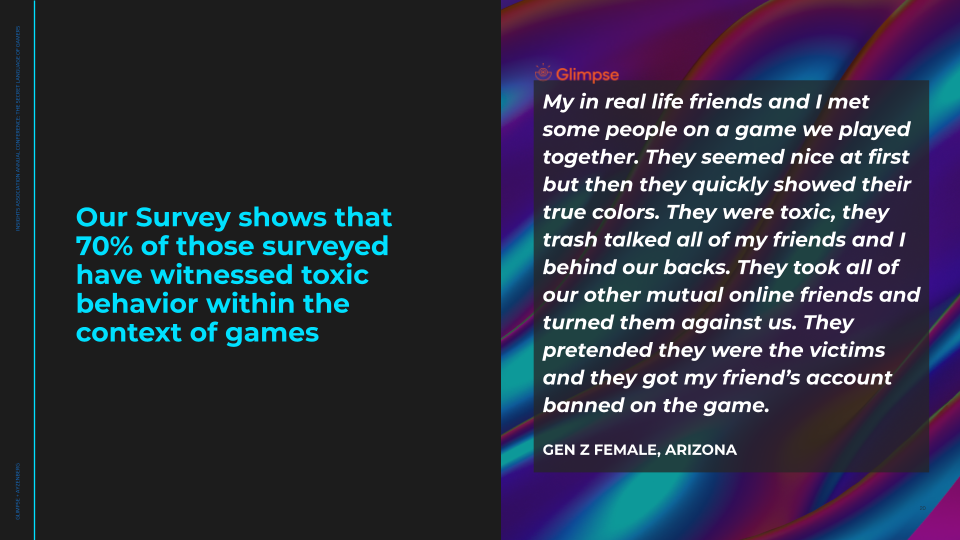Generative AI and Customer-Centricity: How Three Companies Use Generative AI to Connect with Their Customers [And How You Can, Too]

By Adam Bai
The dominant story of 2023 for salespeople, marketers, and content creators has been the rise of generative AI.
ChatGPT, the application based on OpenAI’s Large Language Model (LLM), now has the fastest adoption rate in history, reaching 100 million daily active users within two months of launch.
Yet most sales reps and marketers still use generative AI tools on an ad hoc basis to generate content — from email drafts to talking points, and ad copy to new product designs. And many haven’t yet experimented with generative AI at all.
There’s a major, often overlooked area of opportunity when it comes to AI: Becoming a more customer-centric organization.
Here, we’ll explore how three organizations used generative AI to achieve enhanced customer-centricity, and how your own business can, too.
Keep reading, or jump to a specific section:
- How the Generative AI Revolution Will Evolve Over Time
- How Three Companies Leveraged AI to Become More Customer-Centric [And How You Can, Too]
- How AI Helps Your Team Become More Customer-Centric
What if the real generative AI superpower is enhanced customer-centricity?
If you’re a sales rep, a marketer, or a leader of an SMB, you can’t afford to ignore the generative AI revolution.
But you also can’t afford to get generative AI adoption wrong. And that means thinking about your people, your processes, and your organizational goals and capabilities as much as — or more than — the technology itself.
Generative AI has the potential to level the playing field for smaller businesses when it comes to customer-centricity.
With far less money, time, and specialized expertise than ever before, organizations can listen to their customers at scale, develop actionable insights about them, and then engage them to drive growth and profitability.
How the Generative AI Revolution Will Evolve Over Time
Despite all of the frenzy around ChatGPT (and, to a lesser extent Bard, Bing, Midjourney, Adobe Generative Fill, etc.), the future of generative AI within sales and marketing functions is still very much up for grabs.
The first wave of adoption has been overwhelmingly individual, ad-hoc, and designed to save time on a process-by-process basis.
The real impact of generative AI will come with the second wave, and will require an approach that is team-based, planned, and designed to enhance capabilities and processes.
The third wave of adoption will be transformational and will demand approaches that are organization-wide, enable continuous learning (via iterative feedback loops), and designed to shape new capabilities and processes.
|
Wave 1 |
Wave 2 |
Wave 3 |
|
|
Who? |
Individual |
Team |






